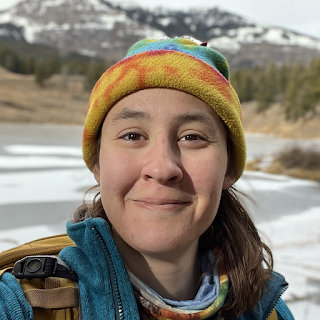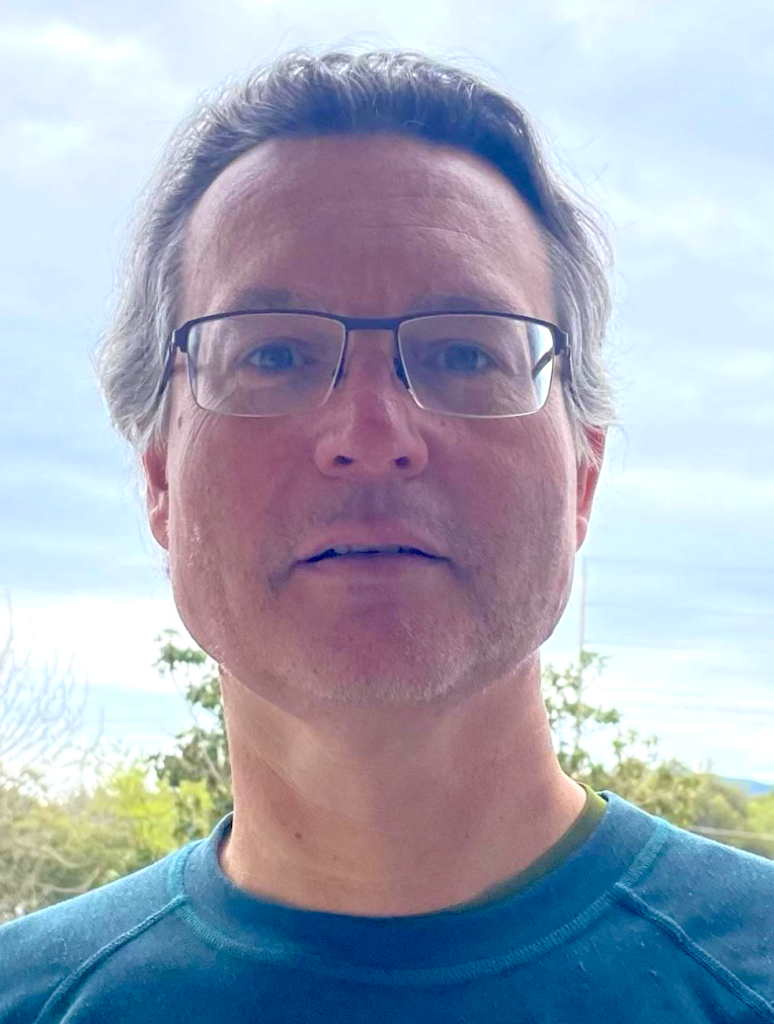By Maddie Leung, Redwood High School
What if the key to our future lies in the very land we stand on? Eric Rubenstahl, the Associate Director of Stewardship at the Marin Agricultural Land Trust (MALT), has turned his love for the outdoors into a career focused on land preservation. Land conservation includes various practices aimed at protecting our natural resources, promoting biodiversity, and ensuring that land is used sustainably for future generations. This work involves collaborating with family-owned farms to create conservation easements, encouraging responsible land management, and restoring habitats that support local wildlife. As he addresses the challenges of climate change and urban development, Eric is dedicated to finding creative solutions that balance environmental health with community needs. In this interview, he shares his journey into conservation, the important work MALT is doing to adapt to our changing climate, and how we can all help preserve the landscapes we cherish while supporting thriving communities. Let’s explore what it really takes to protect our land for future generations!

1. What inspired you to pursue a career in land preservation, and what advice would you offer to someone interested in this field based on your previous experiences?
From a young age, the forests and open space that surrounded where I grew up in Connecticut provided strong foundational memories. The trail systems and forested hills served as a place of adventure, learning, and connection to people and place. I wanted to turn my connection with the outdoor world into a career path, so I concentrated my studies during college on environmental science and geography. After graduation, I had several jobs in Utah and Colorado focused on conservation work. After about six years of working, I enrolled in the Conservation Leadership program at Colorado State University. This graduate program was more of a professional track vs. a more traditional research track and helped narrow my career focus to the human dimensions of natural resource management. I would encourage students to enroll in college programs that help develop technical skills for working in conservation and the crucial soft skills of collaborating with people and teams. Programs that train students to work at the nexus of people and the natural environment are becoming more prevalent. Having an internship or finding an entry-level position early in one’s career can be informative and provide insight and context to the world of working in conservation.
2. From MALT's founding in 1980 to today, our understanding of climate change has significantly expanded. Has climate change shaped MALT's work and focus over the last 20 years, and how?
Yes, MALT has a heightened awareness of the shifting climate and threats that result from recent climate trends. For example, increased temperatures and longer periods of drought are events that the community has observed. MALT is working within five pillars that guide our work:
1) Preserve Agriculture
2) Protect Biodiversity
3) Build Climate Resilience
4) Connect our Community and
5) Strengthen the Organization.
These five pillars are all interconnected, but the “Build Climate Resilience” pillar most
.jpg) |
| Marin County (Image by Mike McBey) |
squarely addresses the shifting climate. Some of our work within this pillar includes providing )technical assistance and funding to farmers and ranchers to plan, design, and implement climate-smart solutions into their ranch operations. MALT supports and encourages durable solutions to help reduce economic barriers while increasing climate and operational resilience.3. With MALT's vision of improving both the well-being of the ecosystems in Marin and the financial security of farm operations, are there any instances where these two priorities come into conflict with each other? If so, how have you approached them?
As part of the process of acquiring a conservation easement, MALT creates an Agricultural Management Plan to help understand the carrying capacity of the land. MALT works closely with the landowner and a certified rangeland manager to discuss the agricultural capacity of the landscape. We also discuss what other opportunities exist to help diversify income streams for the ranch. Our goal is to outline a guiding document that harmonizes the ecological, agricultural, and economic goals of the ranch. We promote healthy and diverse ecosystems with thriving wildlife habitats while the producer works the land creating nutrient-rich wholesome food for the region.
4. What does success look like for MALT in ten years? How do you measure success in your field of work?
There are many ways to measure success at MALT. If the community is thriving, growing, innovating and ranches are maintaining healthy agricultural production rates, then MALT is successful. From a programmatic standpoint, if MALT is closing one to three conservation easements per year, we consider that successful land protection. MALT also has a tangible impact through our stewardship grant work. Success can be measured by the amount of dollars invested into ongoing conservation projects or the impact of those projects. For example, how many miles of riparian fence or how many livestock water systems were installed could be two impact-based metrics to measure success. Other forms of success come in softer forms such as the strength of our relationships with the agricultural community, our donors, and the public. Success is measured in how people receive our message and the interaction we have with the broader regional community and beyond. Success is when the public receives a clear, accurate message of our conservation work and when we are fully supporting a thriving and economically stable working landscape in West Marin.
5. How do you think communities should balance the growing need for affordable housing and land preservation? Are there certain areas that are more appropriate for building?
Affordable housing and land conservation are both important for our survival and lifestyle. There are existing systems and policies at the county level that help guide a lot of this work. If those systems and policies are not balanced, or they are not accomplishing the goals, then they should be reevaluated. Zoning is another key factor that can help shape the land use. Historically in Marin County, the area straddling the Highway 101 corridor is flatter and has high-density residential zoning. The steep, hilly topography of the central part of the county serves as a challenge for building affordable housing. In addition, a lot of the land is owned by public agencies such as Marin Municipal Water District and Golden Gate National Recreation Area. At MALT we promote safe agricultural worker housing in good condition to sustain the ranch operation. We also value when structures and homes are clustered. This philosophy could be effective in a broader sense too, where housing is clustered and built in areas that have been identified by the county as smart growth zones.
You can watch Eric Rubenstahl's Marin Science Seminar presentation here: https://vimeo.com/1014183576
To learn more about the fascinating topic of Marin County's land preservation and the Marin Agricultural Land Trust, visit their website at malt.org
Visit marinscienceseminar.com to view upcoming seminars and Eric Rubenstahl's event summary.
Photo of Eric Rubenstahl from malt.org. "Marin County" by Mike McBey is licensed under CC BY 2.0.






.jpg)








